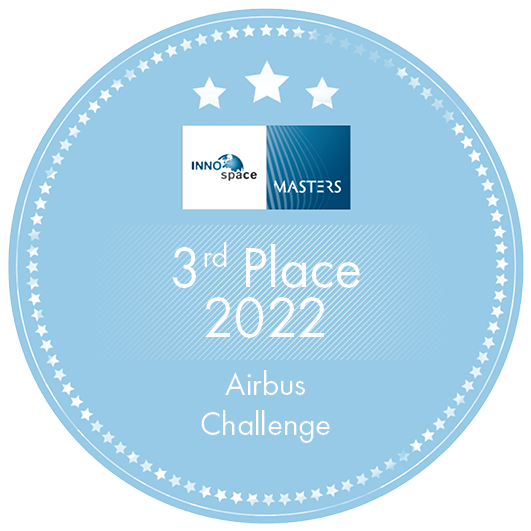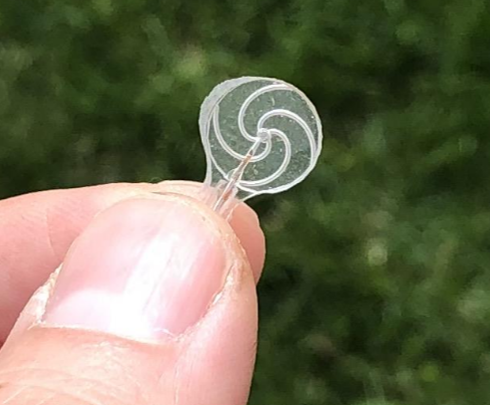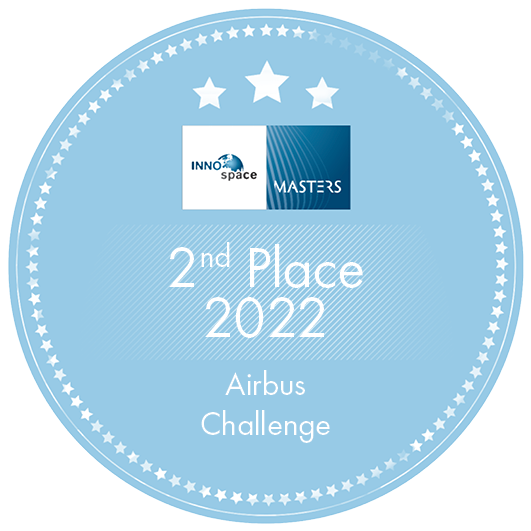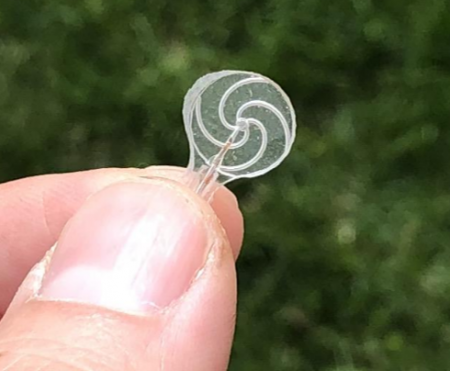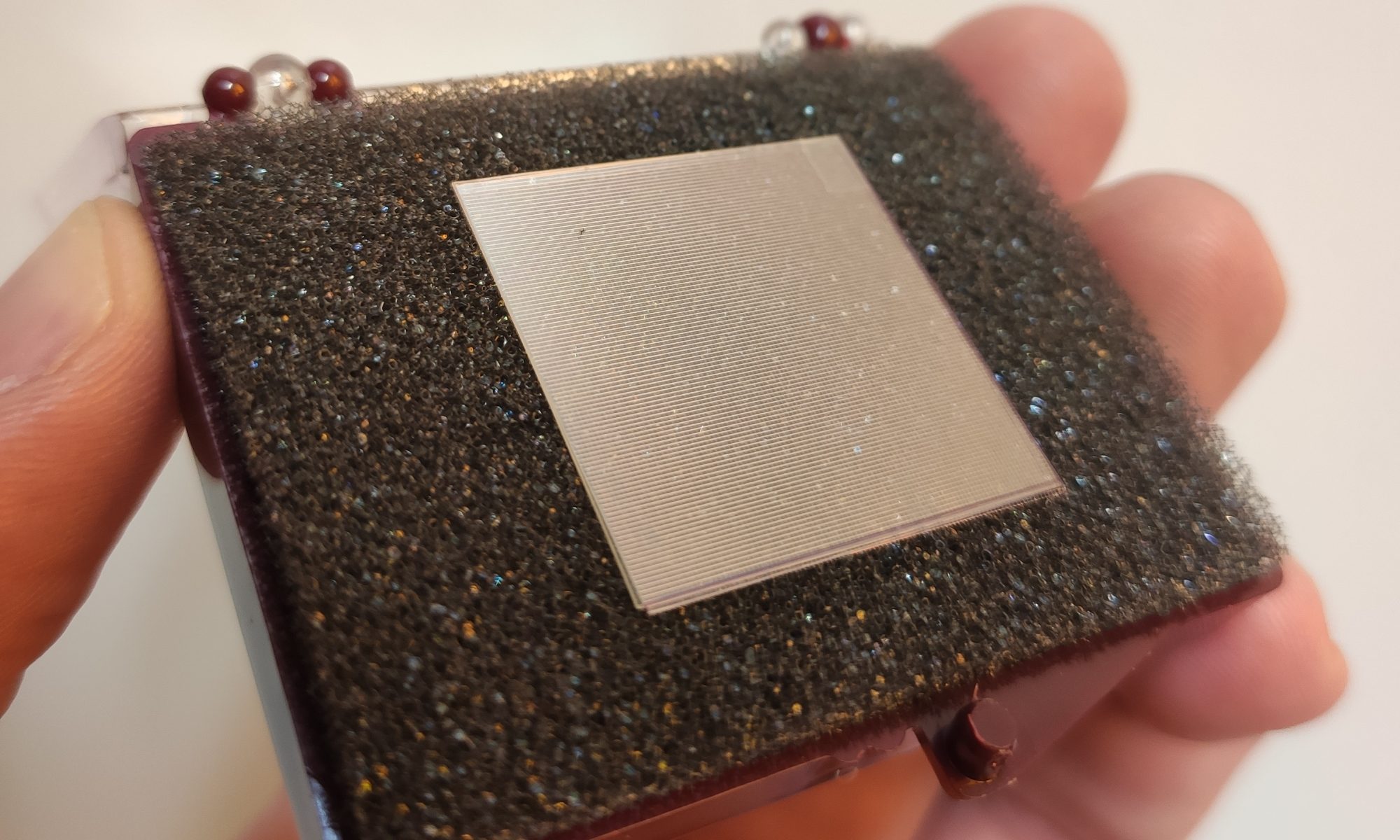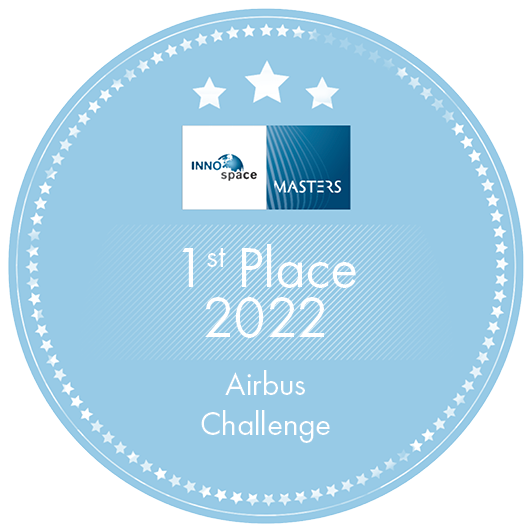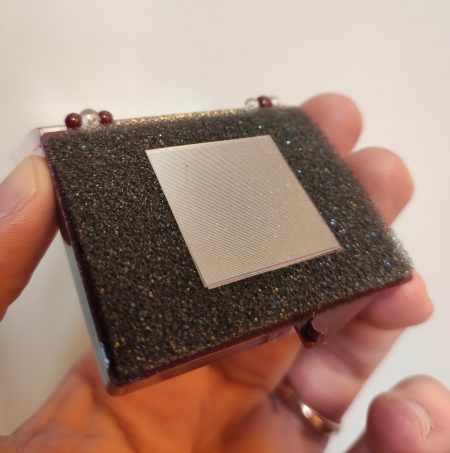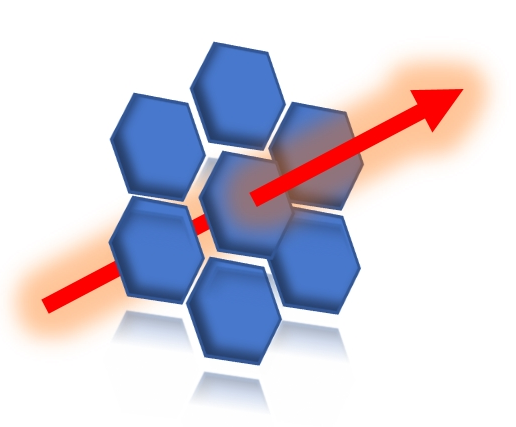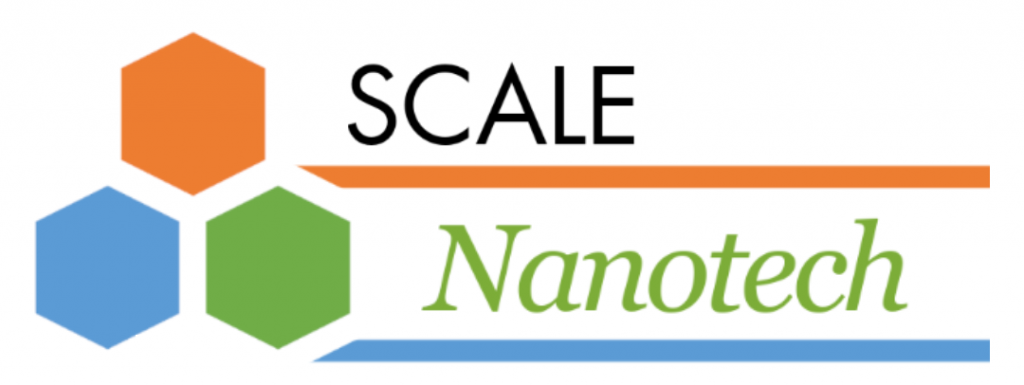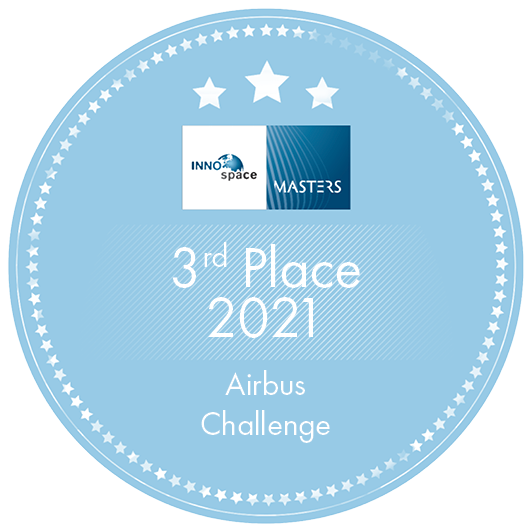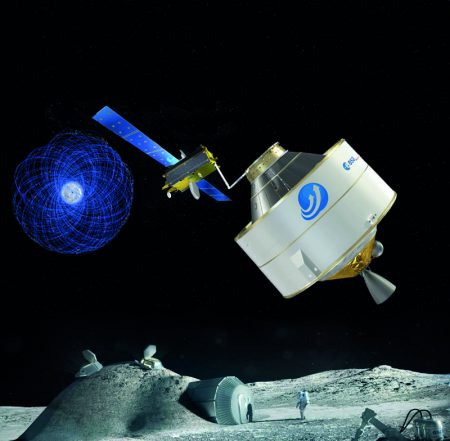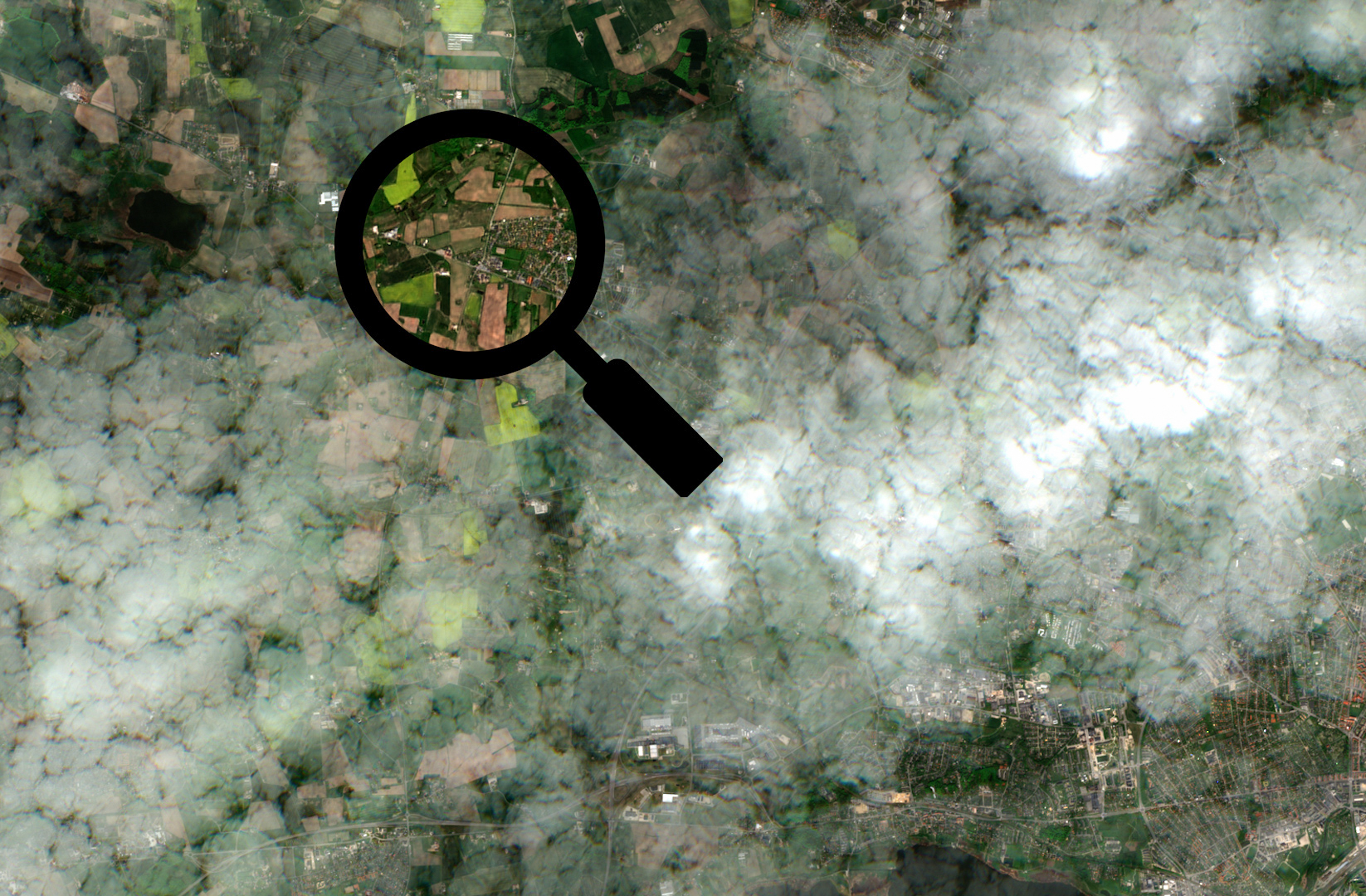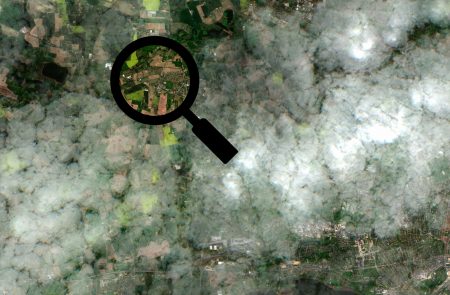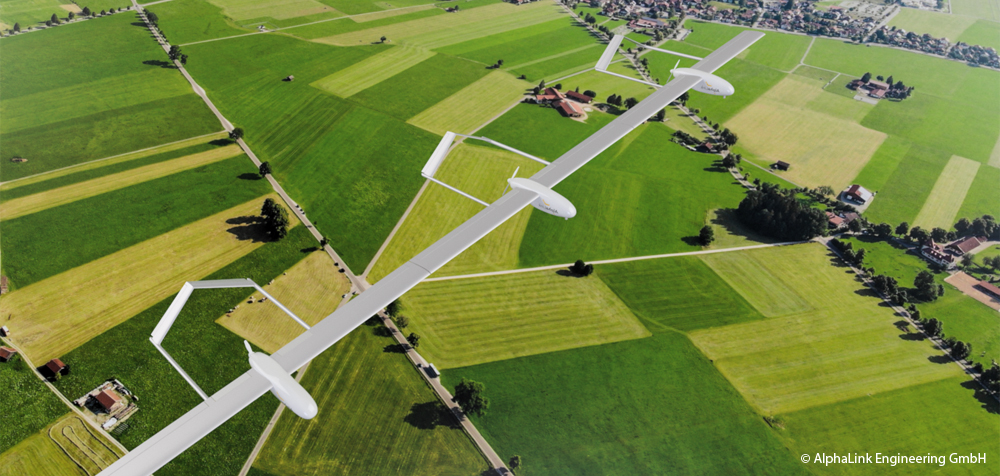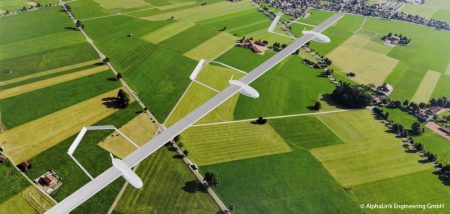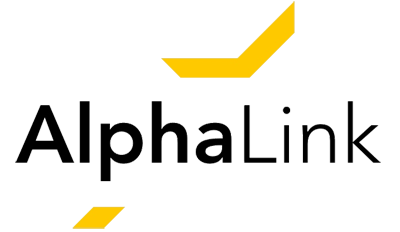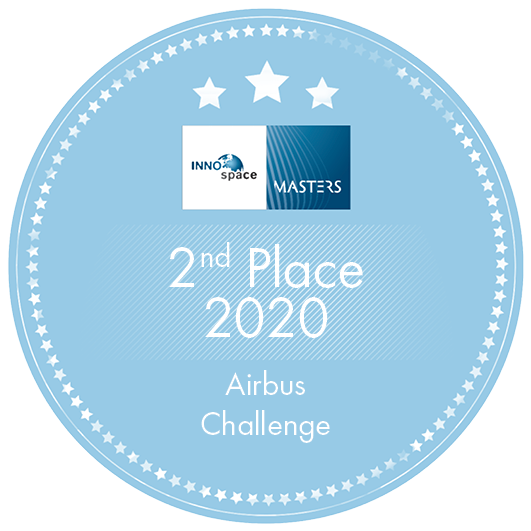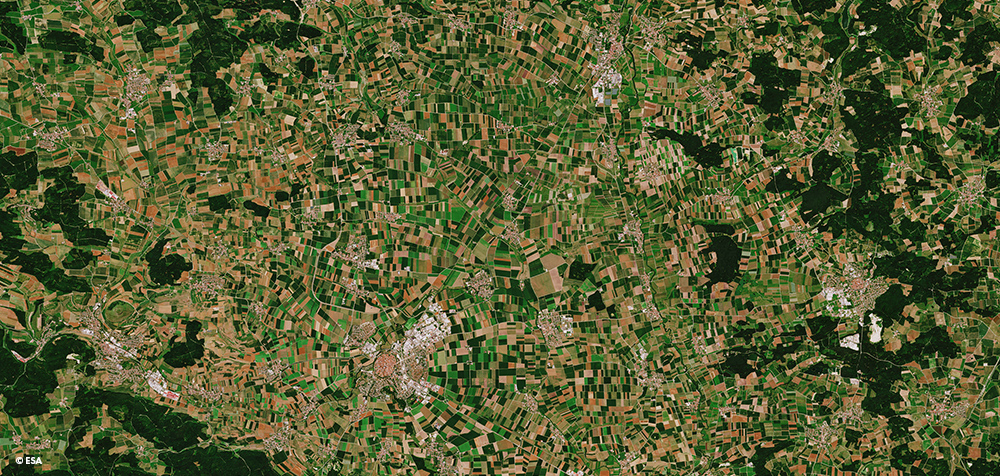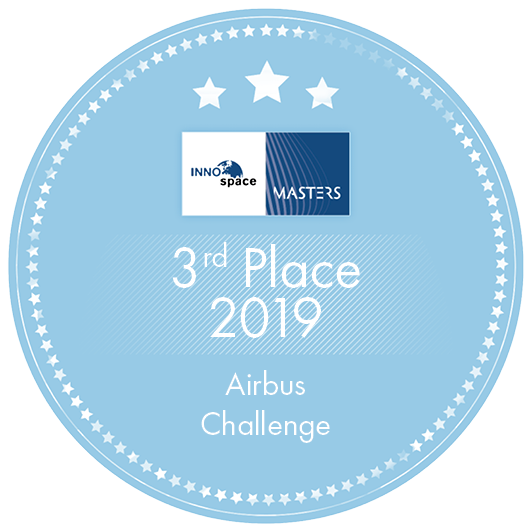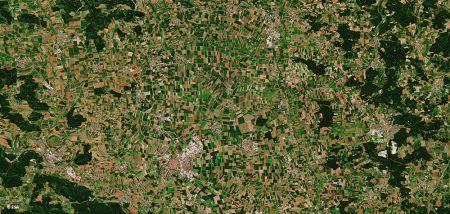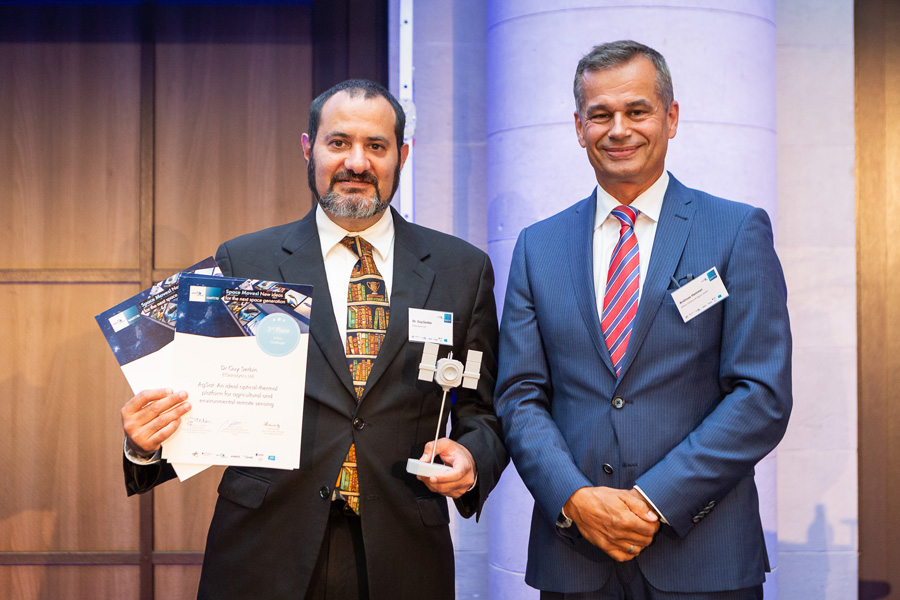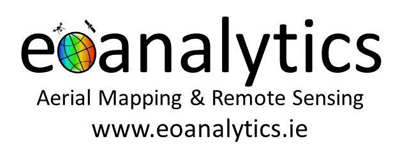ROBI – The Radiation Monitor
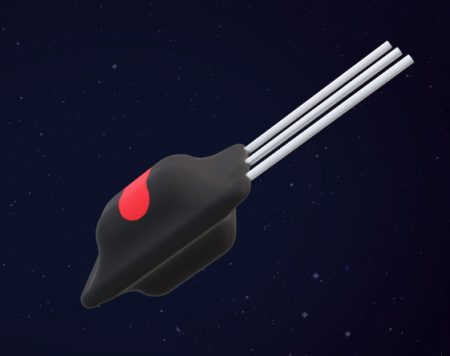
Sustained exposure to high-energy radiation can cause significant damage to both human and spacecraft life in space. Understanding the effects of radiation, as well as developing technology to counter its effects, necessitates a thorough understanding of the radiation environment.
The current capability allows us to study radiation around the near-Earth environment through statistical and analytical models. However, there is a paucity of empirical data that can aid accurate assessment of the environment. Digantara intends to fill this gap through actionable intelligence by measuring proton fluence and, as a result, proton radiation in near-real-time using in-situ radiation monitors. Digantara is developing ROBI – Radiation Monitor. The name ROBI means ‚Sun‘ in Sanskrit/Bengali, signifying the extensive presence of protons in space. ROBI is a proton fluence monitor that measures proton flux in real time. High-energy protons account for 95% of any solar event. Thus, measuring proton fluence is a good measure of ionising radiation in the near-Earth environment.
Benefits:
- Miniaturised device: ultra-compact, extremely adaptable
- Ultra-low power consumption
- Digital output eliminates the need for supporting circuitry
- Diverse applications from the medical sector to human space flight

